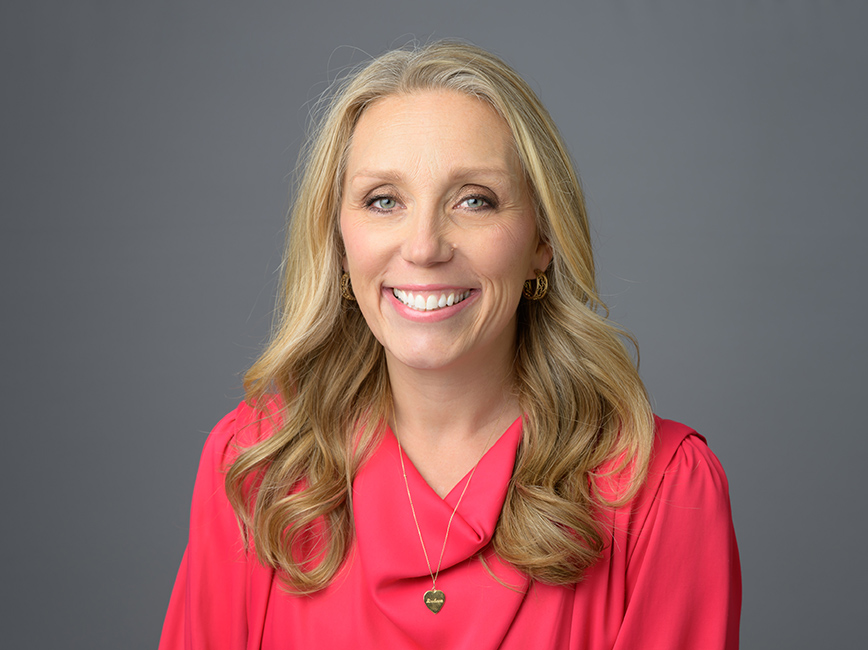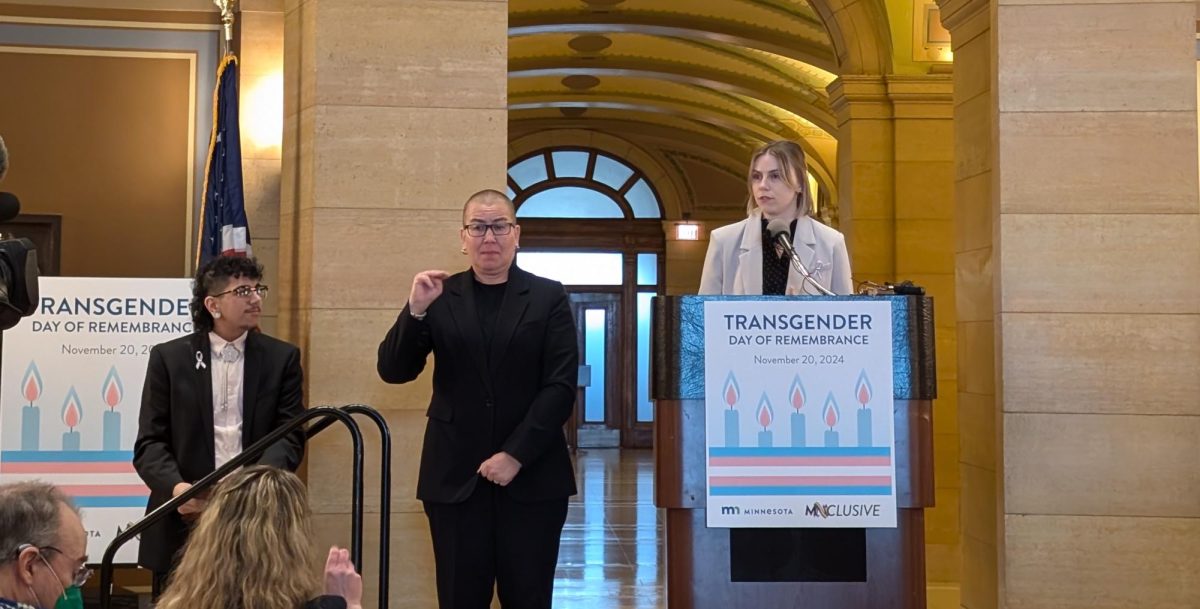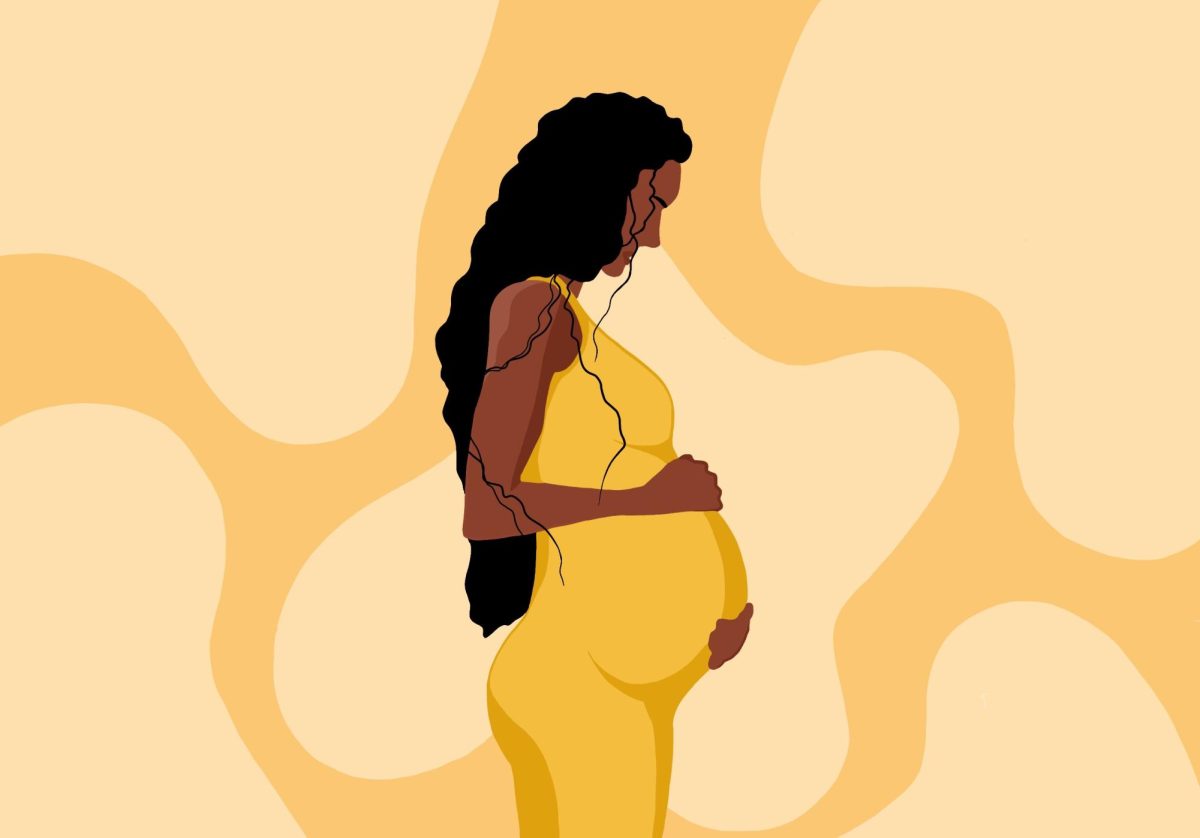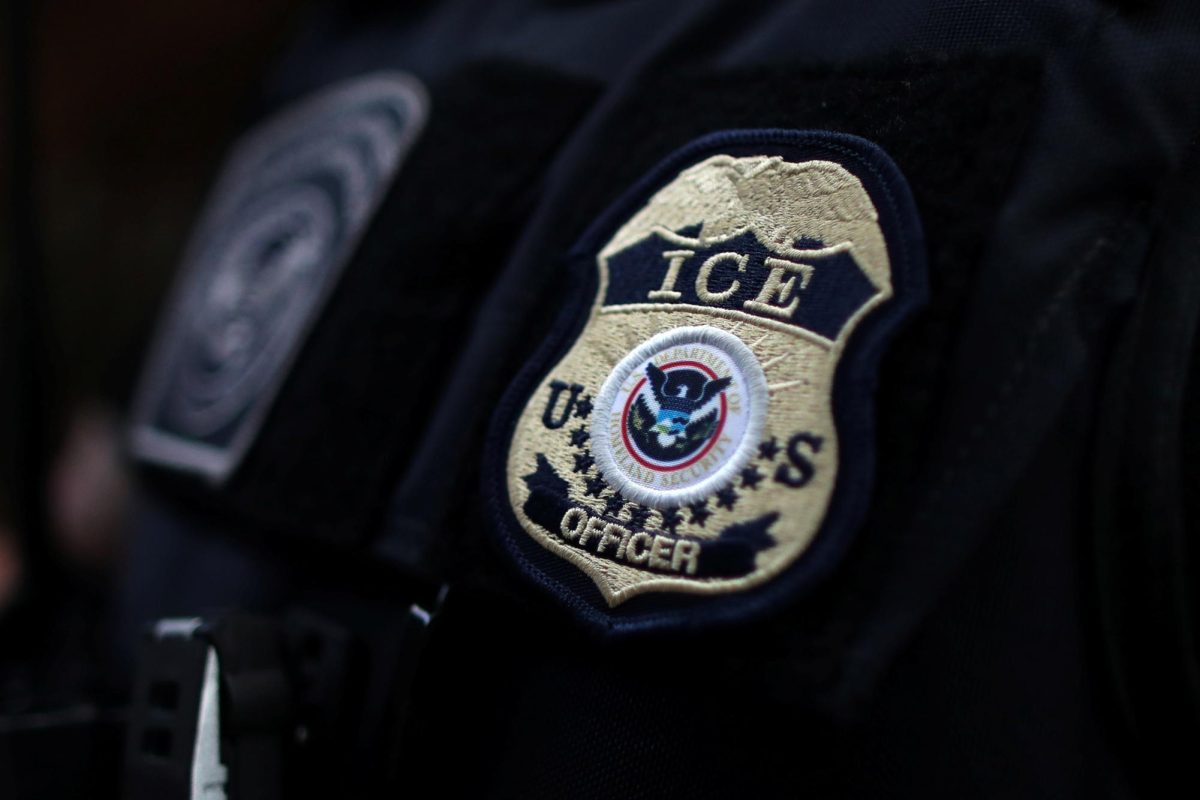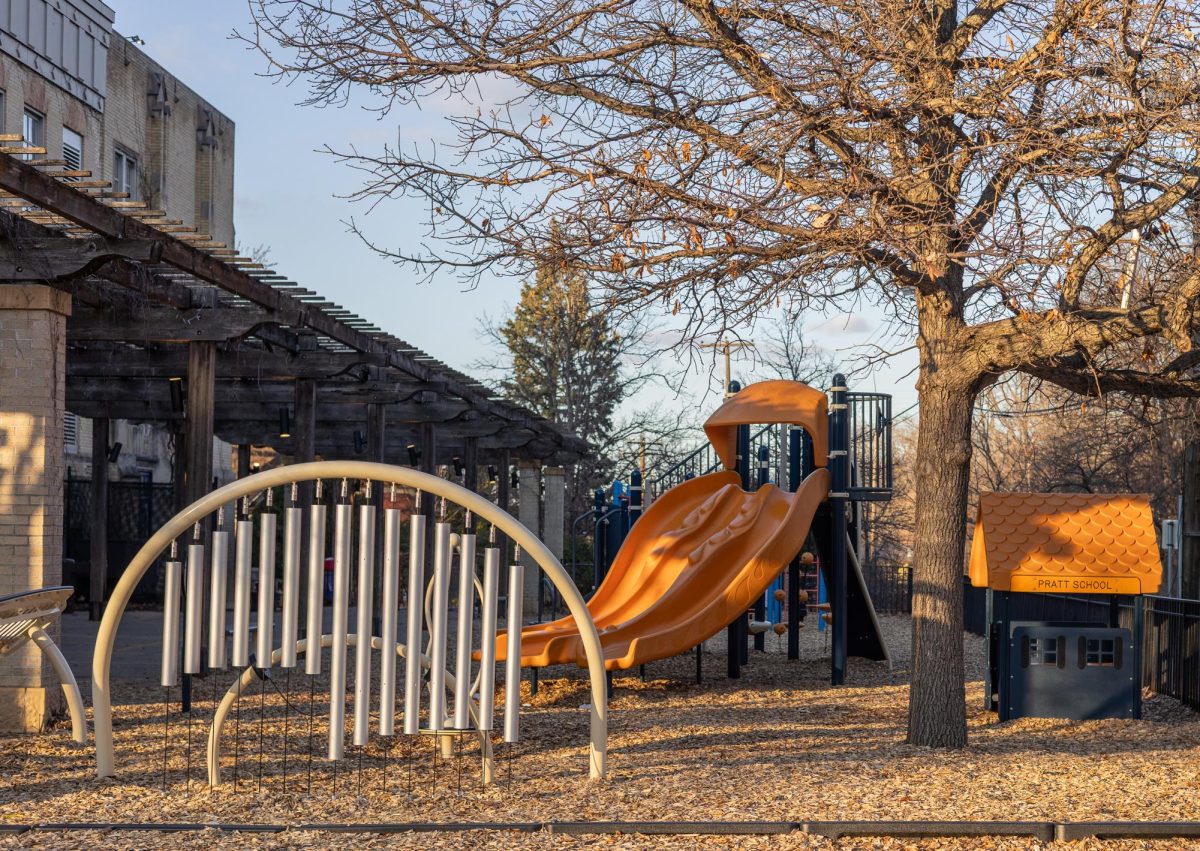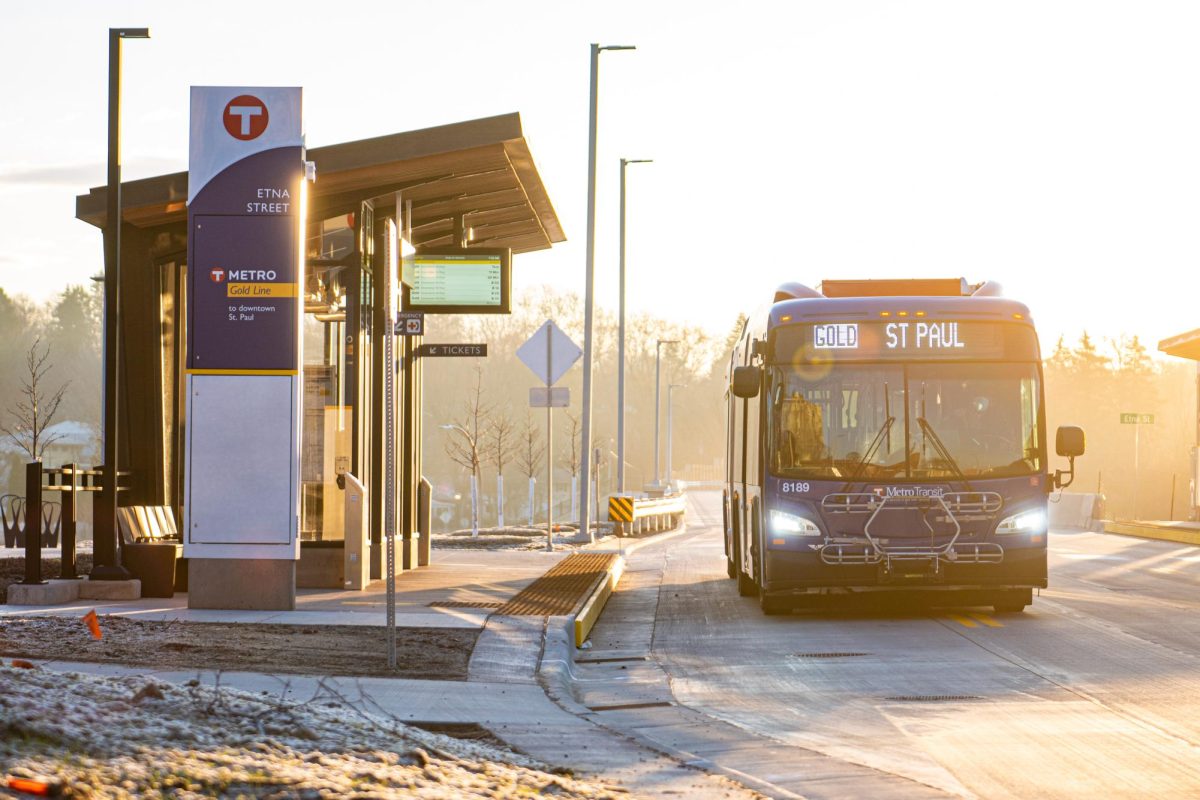As overdose deaths in Minnesota decline, Minneapolis and the University of Minnesota install free emergency naloxone.
Overdose deaths dropped by about 24% in the U.S. in 2024, a decline nearly mirrored in Minnesota, according to Centers for Disease Control and Prevention data from March 2.
Opioid-involved overdose deaths increased from 2020 to 2022 by more than 50% in Minnesota. Five years into the state’s opioid epidemic, the decline could mean response efforts, such as free emergency naloxone injections and nasal sprays, are helping combat overdose deaths.
Naloxone is a fast-acting drug that can help reverse the effects of an overdose.
Robert Levy, a doctor at Broadway Family Medicine who specializes in both addiction and family medicine, said the uncertainty and loneliness of the pandemic caused an increase in opioid addiction and overdoses.
“We were just really lonely and afraid and uncertain, and the people that have substance use disorder don’t have the tools or their brain isn’t set up to find other ways to cope with that other than use drugs,” Levy said. “That’s where their brain has been wired, and that’s their main coping mechanism, and so that’s what they did.”
The Minneapolis Health Department installed a vending machine that dispenses free Narcan nasal spray, a brand of naloxone, to combat overdose deaths. Overdose deaths increased by 22% between 2022 and 2023 in Minneapolis, according to Health Department data.
Jason Schildman, a public health specialist for the city’s opioid response team, said the vending machine was created to be accessible to anyone.
“We’ve made it pretty much no barrier, meaning anyone and everyone can come up, press a couple numbers on the front and get a free box of Narcan,” Schildman said.
The vending machine outside of the Minneapolis Fire Department’s Station 21 holds 150 boxes of Narcan at a time, Schildman said. Since it was installed in July, the vending machine has dispensed more than 1,400 free Narcan boxes.
Tony Zaccardi, another public health specialist for the city’s response team, said there was an intense need for public health intervention at the city level after the pandemic.
“It created a lot of addiction issues and added on to the opioid addiction that was seen since the pandemic,” Zaccardi, who is in addiction recovery, said.
While less than 1% of University students report using opiates, according to the University’s 2024 College Student Health Survey, free emergency Narcan boxes became available on the University’s campus in March.
Michelle Trumpy, public health director at Boynton Health, said installing emergency naloxone boxes on campus helps the community beyond students.
“We know that the more naloxone that we have in the community, the better chances we have of saving someone from an overdose,” Trumpy said.
Free emergency naloxone kits are available at five campus locations between the East Bank, West Bank and St. Paul campuses.
Opioid-related overdose death data for Minneapolis in 2024 is not yet available, but Schildman said he is optimistic that the city’s opioid response efforts are helping reduce overdose deaths.
The city is planning to install a second naloxone vending machine, but the best location for it is not yet determined, Schildman said.
Levy said the stigma around addiction is complex because opioid use is hard to recognize, and those struggling can get stuck in a vicious cycle of invisibility.
“So that gives you the sense that, when you are suffering, you look around, and it looks like no one else is because everybody else looks normal,” Levy said. “You’re like, ‘Oh, it’s just me. I’m somehow screwed up.’”
Levy added that this shame can make it difficult for people to seek and accept recovery help.
Trumpy said having naloxone on campus can reduce the stigma around opioid addiction because it makes emergency help readily accessible for anyone.
Zaccardi said he is optimistic about the city’s changing attitude toward addiction, which focuses more on lived experience than in previous years.
“I was hired on because they did a feature on me for my one year anniversary of sobriety,” Zaccardi said. “We’re trying to help. We’re trying to come at it like, ‘There’s a person here and how do we show the humanity in that.’”







